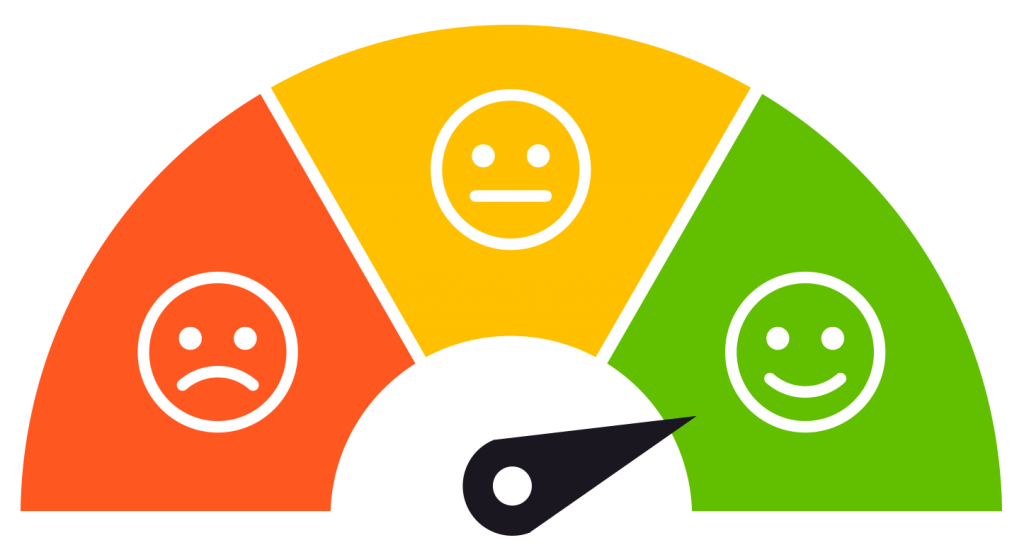Is your customer journey creating an exceptional customer experience?

Customer experience and customer-centric organisations are the hot topics at the moment. We’ve all been on the receiving end of good and bad customer experiences and what do we do about it?
If it’s bad, we tend to share our terrible experience with others very quickly by word of mouth and social media. Through social media that bad experience can very quickly turn to disaster for a company. If it’s good, we’re not so quick to voice our compliments – it must be exceptional for us to share!
Just last week, when shopping in Christchurch, I found myself in a long queue waiting for a checkout. If I’d had a choice of buying goods elsewhere I probably would have voted with my feet, but having gone to the trouble of checking online prior to visiting the store and selecting the items I wanted, I ended up patiently waiting in line. With only 2 checkouts working, one of which seemed to be fronting all customer service enquiries, the wait was agonisingly slow. When I finally got to the checkout, the operator was very apologetic for the wait time. We got into conversation about bad customer experiences and she blamed management for lack of training, poor wages and lack of interest which wasn’t very professional! The issue was clearly lack of leadership and employee engagement – how often does this result in lost sales and dissatisfied customers?
In this multi-channel inter-connected world, it is imperative to ensure that our customers have an exceptional experience at every ‘touchpoint’ with our business. We need to think about the customer journey from begining to end, what messages are being received and what the customer wants to experience.
What is the definition of Customer Experience (CX)?
CX = Ʃ of every interaction a customer has with a business
How do we discover whether our customers are having an exceptional experience?
To understand what our customers are experiencing we need to look holistically at the business from every angle – a 360° view of every interaction that customers have with the business. The best way to view this is to create a customer journey or experience map and highlight the ‘pain’ points and the ‘delight’ points for the customer and any gaps.
Different customers may have different journeys, so first identify your different customer personas and then create a customer experience map for each persona.
6 steps toward customer retention and avoiding the cost of lost customers
There are several complex models around that illustrate how to achieve long lasting customer experience improvement. Below are six simple steps to get started on improving your customers’ journey with your business and help you to retain valuable customers.
- Understand your customers. Identify different customers by creating ‘customer personas’ and calculate the customers lifetime value to the business.
- Create a customer experience map for each customer persona, mapping every interaction with the business across the customer journey.
- Highlight the ‘pain’ points and ‘delight’ points and identify any gaps in the journey
- Set measurable objectives and develop a plan of action to improve customer experience (internal and external).
- Set metrics for measuring improvement and driving behavioural change.
- Review, celebrate milestones and communicate.
Key competencies required for sustained customer experience improvement
One of the key requirements for improving customer experience is for the organisation to be customer-centric. This is becoming increasingly important in today’s era of digital transformation, creating a corporate customer-centric culture, and managing the customer experience.
Customer-centricity needs to become a mindset across the organisation with buy-in from all stakeholders. All departments need to work from a customer-centric perspective rather than a product-centric perspective in order to profit from the most valuable customers. For a business to be truly ‘customer-centric’ it must be driven by a top down approach from senior management empowering the whole organisation to be customer-centric and reward the right behaviours.
The Temkin Group are one of the leading U.S. customer experience consultancies founded by the pioneer of customer experience, Bruce Temkin. According to the Temkin Experience Ratings benchmark report, there are four key competencies businesses must sustain to achieve long-lasting experience success:
- Purposeful Leadership: Leaders operate consistently with a clear set of values.
- Employee Engagement: Employees are aligned with the goals of the organisation.
- Compelling Brand Values: Brand promises drive how the organisation treats customers.
- Customer Connectedness: Customer insights are infused across the organisation.
As part of their 2017 CX Day celebrations, the Temkin Group has published a new infographic with some useful information:

What metrics to use to measure customer experience improvement
There are several metrics that will highlight various aspects of customer experience improvement.
Remember, ‘What gets measured, gets done’!.
Your team needs to review the metrics on a regular basis and focus on the results to continually improve performance. Set objectives that are measurable, and that you have the data for and can quantify improvements over set time periods.
- Current KPIs in the business. You may already have KPIs that measure customer experience. Dependent on the type of business, some metrics may be more pertinent and fit with your objectives i.e. revenue from existing/repeat customers v. new customer acquisition, service delivery times, telesales conversion rates etc.
- Research. Are you running any customer satisfaction surveys a) Net Promoter Score (NPS) – measures the percentage of customers who would (or wouldn’t) promote your business/product/service. If running a NPS survey, concentrate on the passives and detractors and how to turn these customers into promoters. b) Customer Effort Score (CES) – helps you determine the effort required by the customer to complete a task. A survey is sent to a customer after an interaction to rate the activity on a defined scale. c) Customer Satisfaction Survey (CSAT) – the average satisfaction score from a survey sent to a customer after an interaction measured on a scale of very satisfied to very dissatisfied. Surveys are most accurate if completed within 30 minutes of the interaction.
- Customer Lifetime Value (CLV) – calculate what the value of a customer is over their lifetime with your business. The value will vary by customer type and will help you segment different customer personas and their value to the business.
- Customer churn rate – churn rate is the percentage of customers who either don’t make a repeat purchase (transaction based purchases) or cancel their recurring service (subscription based purchases). Calculate by dividing the total number of lost customers by the total number of active customers for any given period of time.
There are many dynamics to being a customer-centric organisation and delivering an exceptional customer experience. The objectives that you set and metrics that you measure your success by need to be company-wide to ensure a customer-centric culture that engages employees and delivers consistency at each of the touchpoints that a customer has with the organisation.
There’s a lot of rich information around on these topics, hopefully the insights above will give you some ideas for improving your customer-centric focus and enhancing your customers’ experience with your business. Two useful sources for further information are from the Temkin Group and Clear Action.
Ensure you give your customers an exceptional customer experience

Don’t forget – Big Journeys begin with Small Steps!
That’s all for now!
